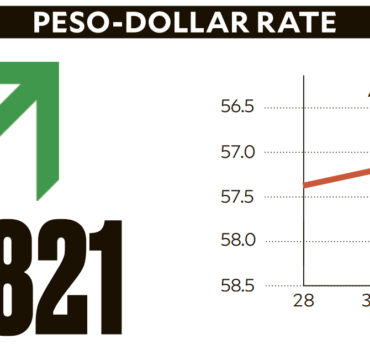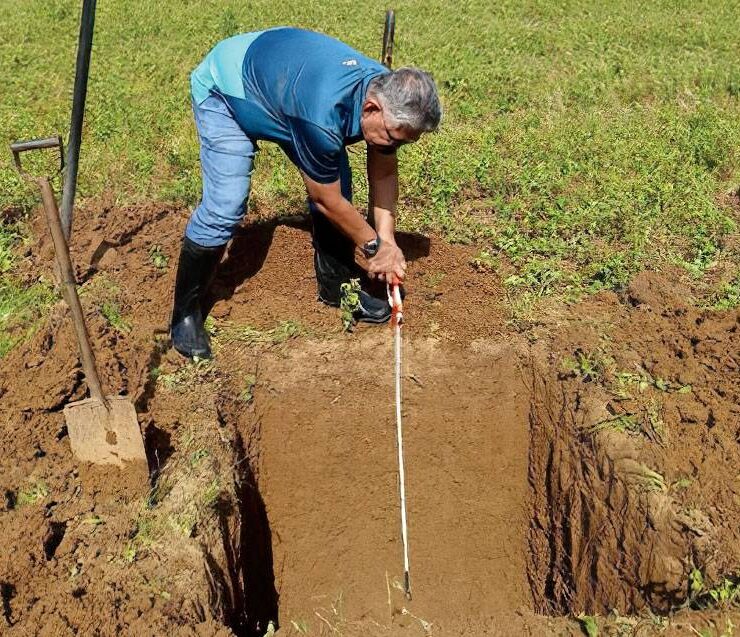Ready for the ‘Big One’?
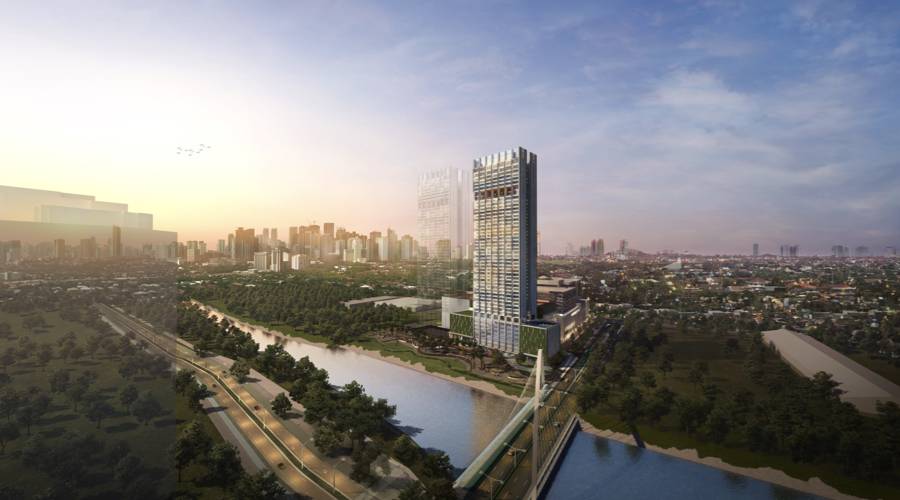
On the 28th of March, a 7.7 magnitude-earthquake hit Myanmar and Thailand.
The strongest earthquake to hit the region since 1956, the catastrophe resulted in thousands of injuries, deaths and damages. As we Filipinos watch our Asian neighbors grapple with the earthquake ‘s after-effects, many of us may find ourselves asking a chilling question: Are we next?
Truth be told, the Philippines is due to have the ‘Big One’ anytime now.
According to the Philippine Institute of Volcanology and Seismology (Phivolcs), there is a high possibility of a magnitude 7.2 earthquake occurring anytime along the West Valley Fault in Metro Manila.
Earthquakes are unpredictable, but well-designed buildings can withstand strong ground movements through careful planning, engineering, and innovation. Structural integrity is not a matter of chance; it is the result of meticulous design and strict adherence to safety standards.
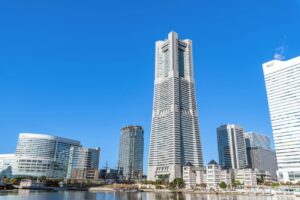
Site assessment and foundation design
A crucial first step in earthquake-resistant construction is understanding the site’s geological conditions. Before any project begins, leading developers conduct technical assessments through geodetic engineers and geologists to analyze soil stability. These data determine the most suitable foundation type, ensuring that buildings have the necessary support to withstand seismic activity.
For example, in areas with loose or liquefiable soil, bored piling or driven piling is used to reinforce structural integrity. This reduces the chances of the building’s structural integrity being compromised in the event of ground movement.
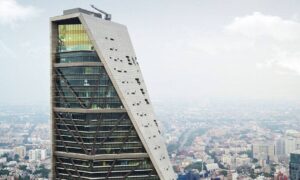
Strict compliance with building codes
A well-engineered structure is only as strong as the standards it follows. In the Philippines, the National Structural Code of the Philippines (NSCP) serves as the benchmark for earthquake-resistant design.
However, some major developers go beyond these minimum requirements by incorporating international standards, such as the Uniform Building Code (UBC), American Concrete Institute (ACI) guidelines, and the American Institute for Steel Construction (AISC) specifications.
This commitment to higher safety standards ensures that buildings are not only compliant but also exceed expectations for seismic resilience.
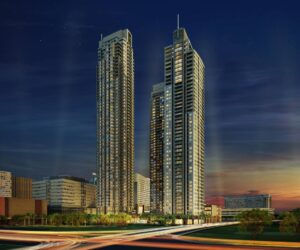
Advanced engineering and structural innovations
The use of Performance-Based Seismic Design (PBSD) is a key methodology in ensuring that buildings respond effectively to site-specific earthquake risks. Instead of relying solely on general code provisions, PBSD allows engineers to customize designs based on the unique conditions of each location.
In the real estate sector, disaster preparedness is a fundamental consideration in the design and construction of developments. Leading developers integrate stringent safety measures, ensuring their buildings can withstand seismic activity.
One notable example is Ayala Land, which has set a high standard in earthquake preparedness by incorporating advanced engineering, rigorous safety protocols, and cutting-edge technology into its projects.

For instance, Park Terraces in Makati CBD was the first in the Philippines to use buckling restrained braces, significantly enhancing its capacity to withstand lateral forces. The same technology was applied to East Gallery Place in Bonifacio Global City (BGC).
Meanwhile, buildings like Park Central Towers (Makati CBD) and Parklinks North Towers (Quezon City–Pasig) utilize viscoelastic coupling dampers, strengthening their resilience against strong winds and seismic activity without compromising space or aesthetics. The company incorporates data analysis, design studies and innovative technology in built projects. These measures strengthen buildings and ensure clients’ safety in the event of natural disasters.

Once the ‘Big One’ hits, these seismic resilience technologies will help mitigate damaging effects and save thousands of lives.
While earthquakes cannot be predicted with certainty, developers can mitigate their risks through science-backed engineering and forward-thinking design.
The company’s commitment to seismic resilience, sustainable development, and safety makes it a model for the industry, ensuring that its communities remain secure even in the face of natural disasters.
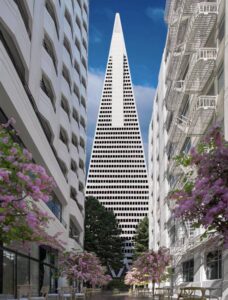
Seismic considerations are an essential part of the initial planning of real estate developments.
By incorporating data analysis, design studies, and innovative technology, developers can enhance the structural integrity of buildings and improve safety in the event of natural disasters. These measures also contribute to the long term resilience of communities.
A Filipino architect who has a Master's Degree in Interior Design of Commercial Spaces from IED Barcelona, Spain and with twelve years' worth of experience under the tutelage of Filipino architectural firms.














